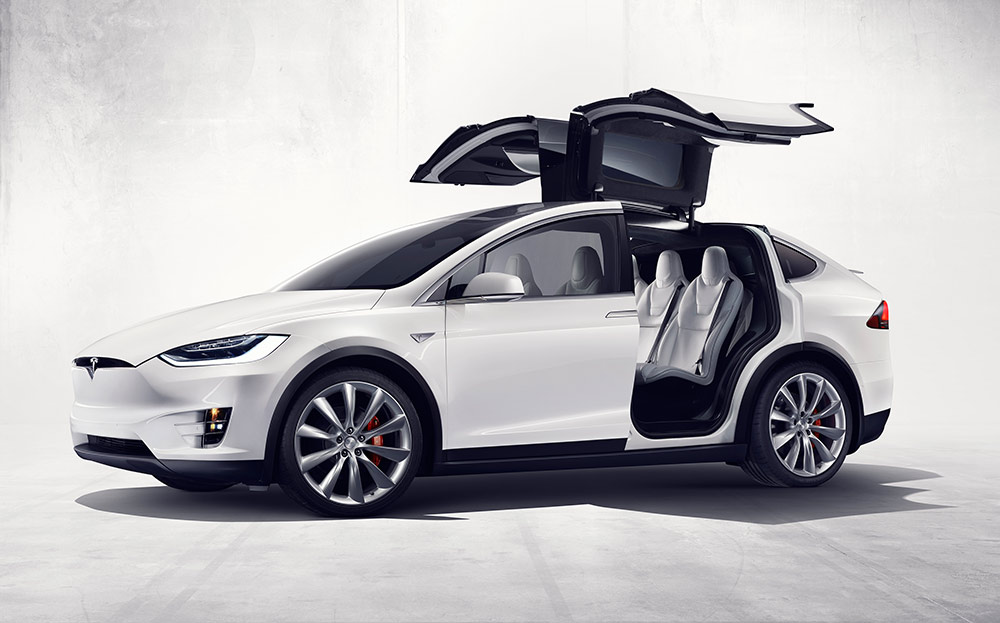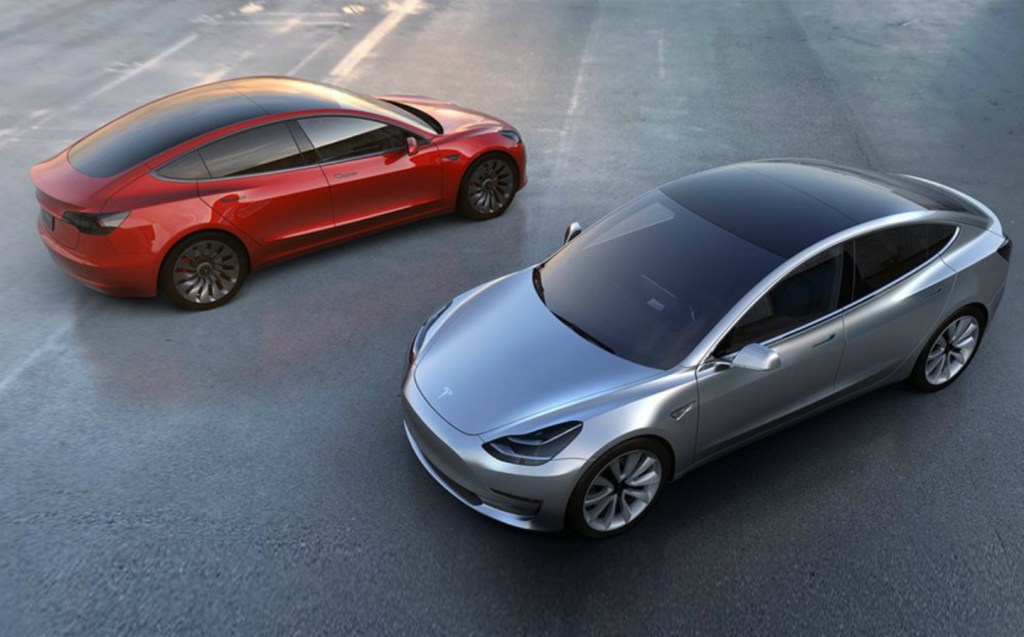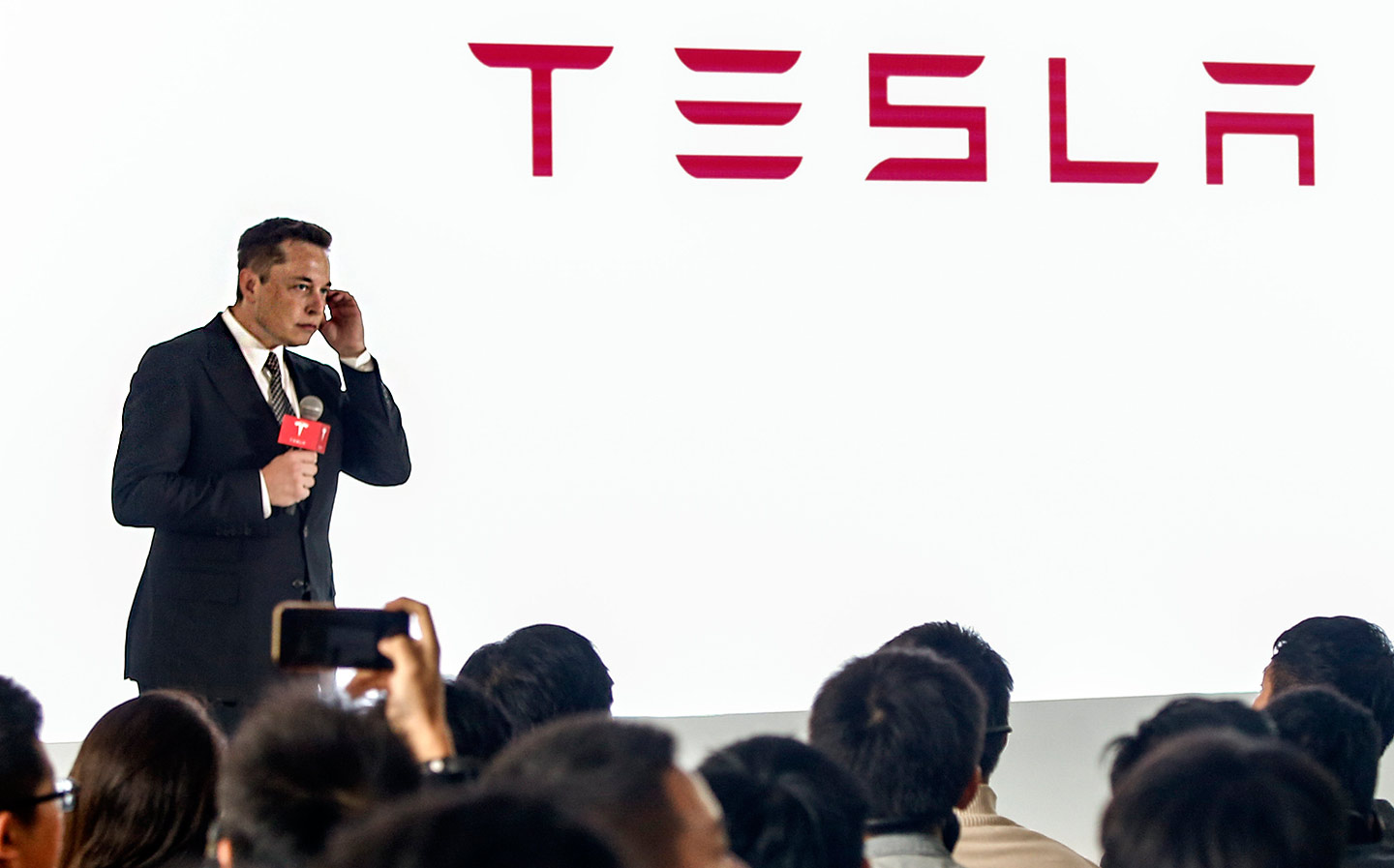Why is Tesla cutting its prices again?
As much as nine per cent cut from US Model S and Model X prices
Tesla has cut prices for its range of electric cars in America… again. Having dramatically chopped the prices of the Model 3 saloon and Model Y crossover at the beginning of this year, Elon Musk’s industry-disrupting firm has now done the same with its larger, more expensive models.
According to Reuters, Tesla has cut the US-market prices for the Model S executive saloon and Model X SUV by between four and nine per cent, depending on the version. The Model X has come in for the biggest price cuts.
In January, Tesla cut as much as 20 per cent from the prices of its biggest-selling Models 3 and Y, price drops that were applied in the UK and China as well as North America. It’s not known if UK prices for the Model S and Model X will fall in line with the US, as Tesla is not quoting UK prices for either model at this time.

As the delivery wait times for Model S and Model X are so long — because Tesla has been focused on expanding production of the 3 and Y — if you ask for a price for the bigger cars, you’ll be told: “Pricing and options will be finalised as delivery approaches. You will be notified to complete your order when final pricing and options are published. Until then, your order will be considered a pre-order that you may cancel with a full refund.”
Existing customers and car makers react
Tesla held its annual Investors’ Day last week, on March 3, outlining its plans and potential future new models. At the event, Musk said that he was going to continue making price cuts: “The desire for people to own a Tesla is extremely high. The limiting factor is their ability to pay for a Tesla.”
Tesla had been steadily increasing the prices of its cars in recent years, in line with rises in manufacturing costs for all car makers, but the dramatic price cut in January sent shockwaves through the car industry, and affected existing owners who found that that had paid over the new market price for their cars.
When the staring price of a Model 3 was cut by £8,100 to £42,990, and the Model Y dropped by £7,000 to £44,990, some recent buyers on a Facebook forum expressed their anger. One wrote: “I just picked up the car yesterday … I can’t believe after a few hours from picking up the car I lost £5k,” while another said they “paid £5,000 more last week” and described the news as “shocking”.
Renault’s chief executive, Luca De Meo, lambasted Musk for lowering prices, telling The Financial Times: “I hope that they continue to reduce to zero, but we will continue to protect the value of our electric vehicles. This is destroying value for the customer, for sure, when you do this.”

Ripples through the second-hand car market
According to figures from vehicle pricing experts CAP HPI, second-hand values for the Tesla Model 3 had already fallen by more than nine per cent in December — before Tesla cut the prices of its new cars — while those of the Mercedes-Benz EQC fell by more than 10 per cent, while the Polestar 2 saw a 7.8 per cent trim in its used values.
This is thought to be because more EVs are hitting the used market as a wider variety of new electric models go on sale, while demand isn’t strong enough.
Fleet Europe magazine quoted one lessor as saying that they had “delayed remarketing a batch of Model 3 cars at the end of last year due to diminishing demand” while CAP HPI is also reporting that there is dwindling consumer demand for second-hand EVs, suggesting that the market may be getting swamped.
Reducing the prices of new models is unlikely to help with that issue, as many buyers will turn away from pre-owned models if they feel they’re getting a good deal.
The reasons for Tesla’s price cuts
There seem to be two schools of thoughts on why Tesla is reducing its new car prices, and doing so repeatedly.
On the one hand, Tesla has claimed that the company is seeing the effects of improving per-vehicle costs at the manufacturing stage, and is simply passing those savings onto the consumer.
A Tesla spokesperson said that the company broke sales and production records globally in 2022, with vehicle deliveries growing 40 per cent year-on-year to 1.31 million and production increasing 47 per cent year-on-year to 1.37 million. At the same time, the company continued “regionalising production and supply chains” with progress towards a “more evenly spread distribution strategy to diminish logistical and delivery peaks,” helping reduce costs.
They added: “As we exit what has been a turbulent year of supply chain disruptions, we have observed a normalisation of some of the cost inflation, giving us the confidence to pass these through to our customers.”
But of course Tesla is also cutting prices to stimulate demand for its new cars; a strategy Musk has openly admitted.
While Tesla sales remain strong, they have fallen back from the peak of their growth, most notably in the crucial Chinese market, where in 2022 Tesla was overtaken in the sales charts by Chinese giant BYD.
Related articles
- After reading about Tesla’s price reductions, you may want to read that Tesla recalls 362,000 cars after regulator said ‘Full Self Driving’ increases crash risk
- Don’t miss this video of the Tesla-rivalling Lucid Air with 1,111hp recording a 2.88sec 0-60mph time
- It’s also worth noting that a Tesla Autopilot report recently showed an improving safety record
Latest articles
- F1 2025 calendar and race reports: The new Formula One season as it happens
- Seven great automotive events to visit this summer, from F1 to art and champagne
- Watch new Porsche 911 GT3 smash Nürburgring record for manual cars
- Skoda Elroq 2025 review: Czech carmaker can’t seem to miss with its electric family cars
- Five best electric cars to buy in 2025
- Should I buy a diesel car in 2025?
- Zeekr 7X AWD 2025 review: A fast, spacious and high tech premium SUV — but someone call the chassis chief
- Denza Z9GT 2025 review: Flawed but sleek 1,062bhp shooting brake from BYD’s luxury arm
- Extended test: 2024 Renault Scenic E-Tech review














